Photographer Terri Cappucci salvages glass-plate negatives from another era
| Published: 09-02-2021 6:27 AM |
In February 2020, documentary photographer and photo preservationist Terri Sevene Cappucci of Turners Falls was winnowing down decades of photographic materials in her scrupulously clean studio when she was offered about 4,000 glass-plate negatives of photos that were made between 1860 and 1920.
At first, she was reluctant to take them on, since she was trying to free up studio space. But the glass plate negatives came from a collector, who was moving and had no room for them. He wanted to give them to someone who could appreciate them and who knew how to clean, digitize, preserve and archive them. And once she saw some of them in print, Cappucci wanted the images to live outside the brown paper sleeves and cardboard boxes they were stored in.
The result is a growing virtual gallery exhibit called “Somebody Photographed This,” a treasure trove of bygone New England, with many images identifiable as iconic places in Franklin County. They include bygone glimpses of the Lake Pleasant Train Station, Hoosac Tunnel, Millers Falls Power Block, and others from Greenfield, Montague, Northfield, Buckland, Bernardston, South Deerfield, Cape Cod, and other parts of the state. With some extra “down-time” provided by last year’s COVID shutdown, Cappucci spent at least 400 hours cleaning, cataloging and backing up these images, taken by mostly unknown photographers of other times.
When Cappucci received the 20 boxes of glass plate negatives, “My jaw dropped when I started to go through these,” she said on a Facebook site dedicated to the collection. “I love photographic history, but having it include never-before-seen images blew me away. … I saw my own community as it was before I was born.”
Cappucci said the glass negatives collector had “found the right person to pick up the torch for this project.”
The images that Cappucci has so far unearthed show remarkable detail, considering how photographers in the earliest days had to labor with air-conditioner-sized cameras, long exposures and dark-room development techniques. Besides bygone farms and rustic homesteads, these black-and-white images show people in both ragged clothes and finery, who seem unaccustomed to posing for photos, unlike most of us in today’s smartphone photography age.
“People ask why the men and women in the photos all look so somber,” says Cappucci. “That’s because it could take up to a full minute to develop one of these images,” she explained. “Try holding an expression on your face for up to a minute.”
Some early photographers used to ask those being photographed to hold a “resting face,” instead of a smile, so that their expressions stayed natural looking, and in focus.
Article continues after...
Yesterday's Most Read Articles
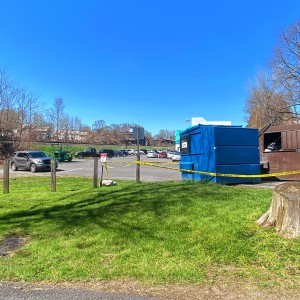 Greenfield man arrested in New York on murder charge
Greenfield man arrested in New York on murder charge
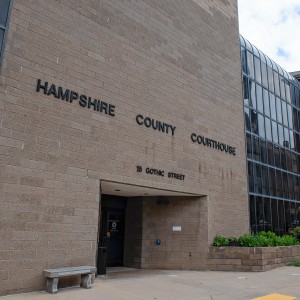 Man allegedly steals $100K worth of items from Northampton, South Deerfield businesses
Man allegedly steals $100K worth of items from Northampton, South Deerfield businesses
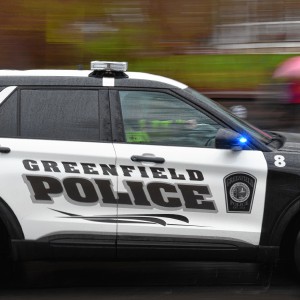 Greenfield Police Logs: April 9 to April 17, 2024
Greenfield Police Logs: April 9 to April 17, 2024
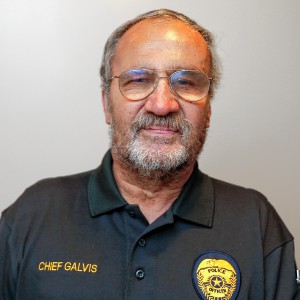 Former Leyden police chief Daniel Galvis charged with larceny
Former Leyden police chief Daniel Galvis charged with larceny
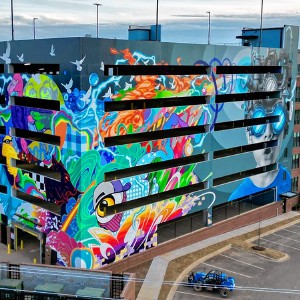 Shea Theater mural artist chosen out of 354 applicants
Shea Theater mural artist chosen out of 354 applicants
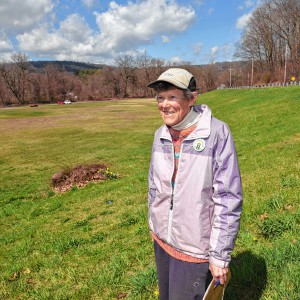 Millers Meadow idea would ‘completely transform’ Colrain Street lot in Greenfield
Millers Meadow idea would ‘completely transform’ Colrain Street lot in Greenfield
Cappucci grew up in Bernardston and was once a Recorder photo intern. As a photojournalist, she went on to work freelance for the Boston Globe, New York Times and other publications.
She also spent 20 years on a photo documentary of Kwa Zulu Natal, a South African province, during its transition from Apartheid, from 1994 to 2014. Cappucci was preparing to create a book from her thousands of photos when a contractor mistakenly failed to reconnect a drain pipe in her basement studio. This resulted in flooding that destroyed most of her South African photo negatives.
“I’d taken such good care of my (collection), I didn’t think anything could happen to it, other than a natural disaster,” she said. “I had not digitized them and I should have.”
Now she creates a digital, online archive for her own work. She also creates digital archives for families who want to preserve their own family photos and share them digitally with other family members.
Cappucci was developing and processing photographs in the dark room before digital cameras came along, and she still loves the thrill of watching a negative come to life in an exposure.
“This is a 19th-century process combined with modern technology,” she says.
Cappucci began the “Somebody Photographed This” archive by going through the largest negatives, which are 6½ by 8½ inches, and were tucked into brittle, yellowed paper envelopes.
Cappucci said she first selected the most interesting ones with the best-quality composition and images. She cleans the glass side of the negatives with distilled water, but leaves the emulsion side undisturbed. She also keeps a file of duplicates for negatives of the same or similar photos.
She catalogs the images by giving each a number and as much description as she has — and even saves some of the empty negative sleeves if there is writing on them that may give information, for future research. For instance, one sleeve reads: “Dead child on Isadora Ave., 1897.”
She then makes a contact sheet with thumbnail-sized images of each photo, to go into a new storage box, along with the negatives.
She also makes three digital back-up files for the images.
The first is a file of the images in their original state; these might be used by future archivists, using different, future technologies to someday process the negative. The second is a jpeg file, from which Cappucci can make prints, contrast adjustments or to edit out scratches or smudges. The third is a precautionary backup.
She says the steps she has taken to preserve the images are those used for the National Archives by the U.S. Library of Congress.
Cappucci has a Master’s degree in Fine Arts from the University of Massachusetts and has completed a photo preservation training from the Northeast Document Conservation Center as well as from the George Eastman Museum.
The collection is now called the TS Cappucci Archives and it has drawn interest far beyond just Franklin County. While Cappucci has donated her time for the preservation work, she has raised at least $7,000 through crowd-funding sources to help pay for archival materials, which is the most expensive part of the process. All materials must be acid-free, including the archival envelopes and storage boxes to keep the glass plates in.
Using a photo scanner capable of scanning large negatives, Cappucci says she has completed preservation work and archiving for about 500 negatives. She said the collection will grow as more of the negatives are processed. She is also accepting more glass-plate negatives as people have been contacting her to donate them.
“I would have hated to see them thrown away,” she said of the glass plates. “A lot of people say these have no value, if you don’t know who they’re from. But as I’m looking at some of these plates — you tell me that these photos don’t have value. They have value to us, looking at the past.” Cappucci said the vintage photos “help us evolve and help us see what we evolved from.”
“People around here want to see their history,” she said.
As the collection of prints grows, Cappucci hopes to someday have a local exhibition of prints from this region. She also hopes to eventually publish a book on some of the most interesting images of the past.
Cappucci’s work has been written about in the Boston Globe, and she will be speaking about her photography project in January at the Historical Society of New England. Also, a Cape Cod photo exhibition of some of these photos is in the works.
To see some of Cappucci’s finds, all you need is the internet. The images can be seen on these websites: www.terricappucci.com/glass-plate-collection.html and www.Somebodyphotographedthis.com.

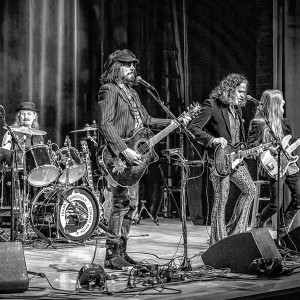 Sounds Local: A rock circus returns to Turners Falls: The Slambovian Circus of Dreams brings the fun Friday night at the Shea
Sounds Local: A rock circus returns to Turners Falls: The Slambovian Circus of Dreams brings the fun Friday night at the Shea Rescuing food and feeding people: Rachel’s Table programs continue to expand throughout western Mass
Rescuing food and feeding people: Rachel’s Table programs continue to expand throughout western Mass A day to commune with nature: Western Mass Herbal Symposium will be held May 11 in Montague
A day to commune with nature: Western Mass Herbal Symposium will be held May 11 in Montague Speaking of Nature: ‘Those sound like chickens’: Wood frogs and spring peepers are back — and loud as ever
Speaking of Nature: ‘Those sound like chickens’: Wood frogs and spring peepers are back — and loud as ever
